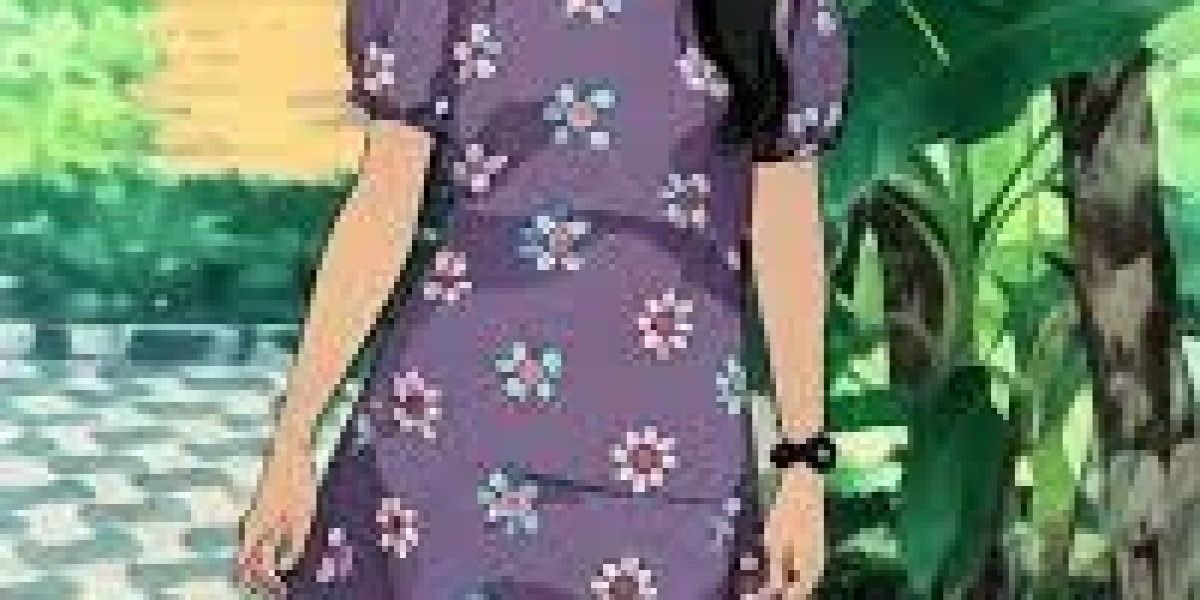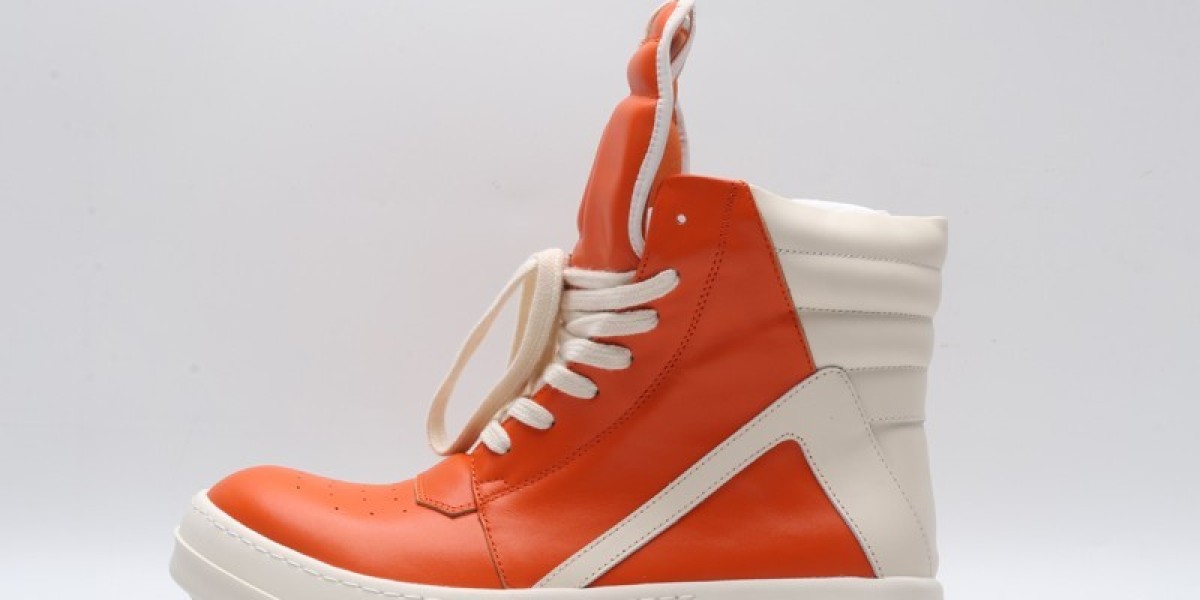Ever wonder why Pakistani embroidered dresses are constantly trending? From glittering bridal wear to classy casual kurtas, embroidery is the heartbeat of Pakistani fashion. It’s not just design—it’s tradition, personality, elegance, and luxury wrapped into one outfit. And the world is starting to notice.
Embroidery as a Fashion Statement
There’s something magical about the way a simple outfit turns extraordinary with the right stitches. It’s texture, art, and storytelling all sewn together—and Pakistan does it better than most.
The Global Obsession with Pakistani Detailing
International fashionistas now crave what Pakistani women have always known—embroidery isn’t just fashion, it’s a form of self-expression.
The Cultural Roots of Embroidery in Pakistan
History from Mughal to Modern
Pakistani embroidery has deep royal roots, tracing back to the Mughal era, when kings and queens wore zardozi robes and richly embellished fabrics.
A Regional Craft Passed Down Generations
From village women to haute couture houses, embroidery is passed down like heirloom jewelry—a living tradition.
Hand vs. Machine Embroidery
The Artisanal Edge of Handcrafted Pieces
Hand embroidery involves hours—sometimes days—of labor, creating truly one-of-a-kind pieces. It carries a human touch that no machine can replicate.
Machine Embroidery for Affordability and Precision
Perfect for mass production and affordable lines, machine embroidery allows more people to enjoy intricate patterns without blowing the budget.
Variety in Design Techniques
Zardozi, Gota, Resham, and Mirror Work
Zardozi: Royal gold threads and metallic textures
Gota: Ribbon-like embellishment, often for festive wear
Resham: Soft, colored silk threads for elegance
Mirror Work: Dazzling and bright—especially in Sindhi fashion
Regional Styles: Sindhi, Balochi, and Phulkari
Each region has its signature:
Sindhi: Geometric mirror and thread designs
Balochi: Intricate stitch work with color contrasts
Punjabi Phulkari: Floral thread art that pops
Why It Appeals to Every Age Group
Classic Touch for Older Generations
Grandmothers adore it for its nostalgia and grace. Embroidery takes them back to their roots.
Trendy Embroidered Pieces for Young Fashionistas
Gen Z is giving embroidery a fresh twist—think embroidered denim jackets, sneakers, and co-ord sets.
Adaptable for All Occasions
Bridal Wear to Casual Daywear
Bridal: Fully embellished gowns, lehengas, and dupattas
Daily Wear: Cotton kurtas with thread or mirror work
Semi-formal Embroidered Suits for Office and Events
Just a bit of embroidery on sleeves or neckline? Perfectly polished and elegant.
Luxury Feel Without Breaking the Bank
Intricate Work That Looks Expensive
You don't need a big label to look luxurious. Many boutique designers offer affordable elegance.
Pakistani Brands Offering Affordable Embroidery
Brands like afrozeh uk, republic womenwear uk, sana safinaz uk, maria b uk, hussain rehar uk, cross stitch uk balance price and quality beautifully.
Fusion of Modern and Traditional Styles
East Meets West in Design
You’ll find embroidery on modern silhouettes—crop tops, capes, even jumpsuits. Talk about best of both worlds!
How Designers Are Blending Old Techniques with New Cuts
Designers are getting creative with how embroidery is used—less predictable, more impactful.
Embroidery as a Form of Self-Expression
Statement Pieces That Reflect Personality
From bold florals to abstract geometrics, embroidery says something about who you are.
Symbolism in Stitches and Patterns
Many motifs represent prosperity, fertility, or protection—making your dress not just beautiful, but meaningful.
Rise of Designer Embroidered Collections
Sana Safinaz, Maria B., Elan, and More
These top designers have turned embroidery into a fashion empire. Their pieces are worn at weddings, Eid dinners, and even on red carpets.
Limited Edition Launches Creating Buzz
Embroidery-heavy collections drop every season and sell out fast. Why? Because they’re wearable works of art.
Popularity in the International Market
Pakistani Diaspora Keeping the Trend Alive
From London to Toronto, desi women flaunt their embroidered suits proudly. It’s a badge of cultural pride.
Embroidered Dresses on Global Runways and Boutiques
Pakistani-inspired fashion is showing up in Paris, New York, and Dubai—complete with desi-style threadwork.
Social Media and Influencer Boost
Instagram-Worthy Embroidered Looks
A good embroidered outfit always goes viral. Influencers love them for their visual impact and elegance.
Bloggers and Celebrities Making It Viral
From Mahira Khan to Mehwish Hayat, embroidered outfits are often their go-to for public appearances—and the public follows.
Seasonal Adaptability
Light Embroidery for Summer
Soft cottons with thread or chikankari make hot weather feel stylish, not stifling.
Heavy and Layered for Winter Weddings
Velvet and jamawar, layered with deep gold zardozi, own the winter season.
Sustainability and Artisan Empowerment
Support for Hand Embroiderers and Local Craftspeople
Buying embroidered wear helps keep artisans employed and crafts alive—it’s fashion with a purpose.
Slow Fashion Movement and Cultural Preservation
People are choosing quality over quantity. Embroidery fits this trend by being durable, meaningful, and timeless.
Conclusion
The secret behind the popularity of Pakistani embroidered dresses isn’t really a secret at all—it’s a rich mix of tradition, artistry, style, and soul. Whether hand-stitched by a village artisan or designed by a fashion house, embroidery is the golden thread that connects Pakistan’s fashion legacy to the world. It’s more than a trend—it’s a movement.
FAQs
1. What makes Pakistani embroidery special?
Its cultural richness, handcrafted details, and timeless appeal make it stand out globally.
2. Are embroidered dresses suitable for casual wear?
Absolutely! Lightweight embroidery on lawn or cotton makes daily wear elegant and effortless.
3. Which regions in Pakistan are famous for embroidery?
Sindh, Balochistan, Punjab, and Khyber Pakhtunkhwa each have their own unique embroidery styles.
4. Can I wear embroidered outfits year-round?
Yes! Choose lighter fabrics and simpler designs for summer, and go heavier in winter.
5. What’s the difference between hand and machine embroidery?
Hand embroidery is more detailed and unique but time-consuming. Machine embroidery is precise, faster, and more affordable.







